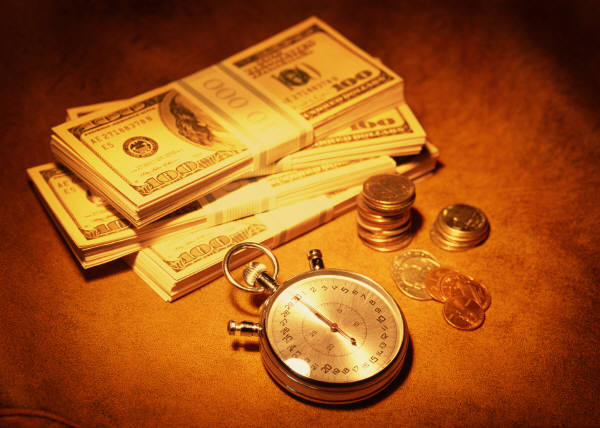- Source: FORTUNE

A worker ensures the dimensional conformity of a prototype pattern. Today Alcoa can 3-D print the dies used to manufacture turbine parts.Courtesy: AlcoaAlcoa’s embrace of additive manufacturing allows it to turn ideas into reality faster.
Company Snapshot
Name: Alcoa
Ranking: 130
Headquarters: New York City
Employees: 60,000
Revenue: $23 billion (2013)
If you’ve spent any amount of time in an aircraft about to take off—gazing out the window at the tarmac, thinking about the cold beverage you’ll have at altitude—you’ve probably spent at least a passing moment wondering how exactly manufacturers make sure the iron birds don’t break. The answer is materials science, of course. But that’s not the whole story.
There’s a great deal of testing that goes into airplane parts to be sure they can handle the temperatures and stresses of aviation. Alcoa would know. The metals producer, more than 125 years old, makes parts for gas turbines, the engines that plane manufacturers such as Boeing and Airbus install to give planes the power to get you to your next meeting. The problem? All that testing takes time. Between tooling, development, and casting, it used to take Alcoa upwards of a year to manufacture one of the nickel-alloy parts that go into an engine, where it must withstand temperatures of up to 2,000˚F. Then the company caught wind of something called additive manufacturing—better known as 3-D printing.
Alcoa started toying with the technology in the early 1990s. But it wasn’t until the past few years that the company began using it to create the dies that shape engine parts. With additive manufacturing, Alcoa has managed to cut in half the time required to develop the process and manufacture the part. Better still, it managed to cut the cost of the process by about 25%. “We’re really at the beginning of what I would call a second Industrial Revolution,” says Klaus Kleinfeld, Alcoa’s CEO. “You go from idea to product in no time. It’s almost like production at your fingertips.”
In the past, Alcoa built a die using a process called subtractive machining. It’s similar to sculpture: Start with a material—in this case, steel—then whittle it down into the shape you need. Ten to 30 weeks later, the company ended up with a custom die that it would then use to cast the needed engine part. Today Alcoa pairs computer-aided design, or CAD, with 3-D printing to construct the die from a computer file, layer by layer. A process that once took half a year could be completed in two to eight weeks, allowing the company to dramatically increase its output.
The time savings are being put to good use, says Boyd Mueller, vice president of technology in Alcoa’s power and propulsion unit. Alcoa can handle more parts orders—for commercial aircraft, business jets, regional jets, even helicopters—and ramp up to meet them faster. “Without these technologies, we couldn’t plan all these different engine programs,” he says. “We couldn’t do this level of work. There is absolutely a digital convergence.”
READ: “3-D Printing a Better Rocket“
This story is from the December 1, 2014 issue of Fortune.









